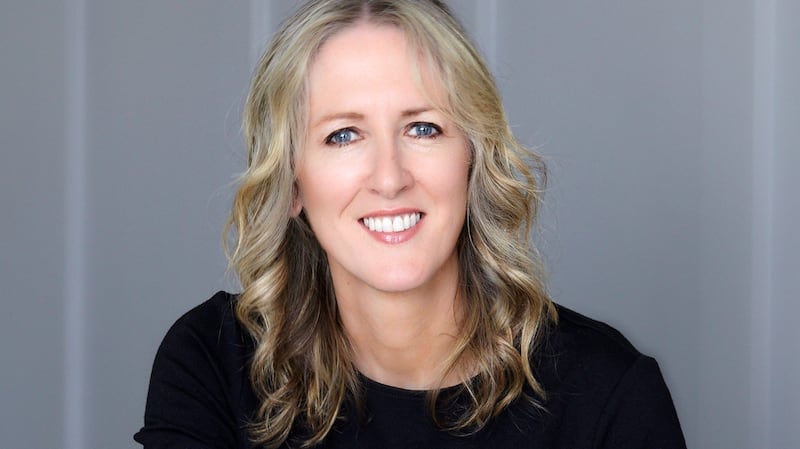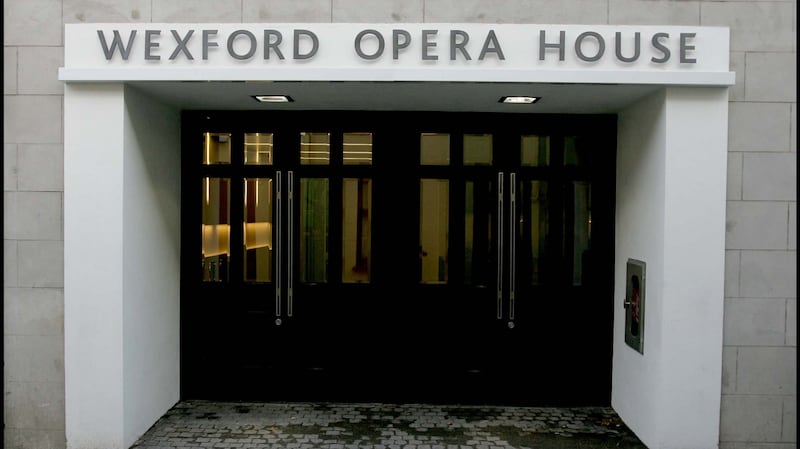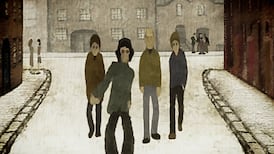It's 70 years since a group of Wexford men, led by Dr Tom Walsh and encouraged by the writer Compton Mackenzie, got it into their heads to mount an opera festival in a town with a population of just under 12,000.
Postwar rationing was still a fact of life when they were drawing up their plans, and the Arts Council didn't come into being until after the first festival had taken place in the town's early 19th-century Theatre Royal. The festival, which specialises in rare repertoire, now brings opera lovers from around the world for an annual binge in a town which, since 2008, has its own modern opera house, built at public expense to replace the original venue with its cramped seats and tiny stage. It's an extraordinary achievement to have developed a festival of international repute in what Walsh called a "dull country town", and books on the festival arrive once or twice a decade. The latest, Karina Daly's The History of Wexford Festival Opera 1951-2021, is an updating of her previous history, published in 2004. The extra material covers the building and 2008 opening of the festival's new home, the National Opera House, and the entire tenure of David Agler as artistic director.
Walsh’s sense of ownership was tinged with autocracy. An early Radio Éireann memo described him as “a martinet and ruthless perfectionist, who because of fiery temperament enjoys a love/hate relationship with journalists”. He seems to have struggled with most everything about his creation. As a shoestring venture, it called on Radio Éireann for an orchestra (though there were strings attached), the Glyndebourne Festival for moral and practical support, the townspeople of Wexford for volunteers, choruses and much more, and anyone and everyone for financial support.
Opera was Walsh’s pleasure. Making it actually happen was not. The apparatus of the State paid even less attention to supporting the arts in the 1950s than it does now. By 1958, the festival’s support from the public purse came to a £2,000 guarantee from Bord Fáilte and an Arts Council guarantee of just £430 from its total allocation of £20,000. Allowing for inflation the festival’s total public funding in 1958 amounted to less than €65,000 in today’s money. The festival’s actual 2021 Arts Council grant is €1.6 million.
Change of venue
Walsh, who clashed with the art collector, philanthropist and festival benefactor Alfred Beit, resigned in 1966, and the festival has since held international competitions when appointing artistic directors.

It's interesting that Beit argued for a change of venue (to the Abbey Cinema), the replacement of the Radio Éireann Light Orchestra with the station's Symphony Orchestra (which happened), and accountability for Walsh's repertoire choices. That's how we know that, in 1962, the shortlist was Benedict's The Lily of Killarney (then 100 years old), Verdi's I Masnadieri, Donizetti's Duca d'Alba, La favorita or Linda di Chamounix and Bellini's I puritani. The operas actually produced were I puritani (with a cast including the young Mirella Freni) and Mascagni's L'Amico Fritz (with both Veronica Dunne and Bernadette Greevy). Of the others, only Linda di Chamounix would make it to the Wexford stage, but not until 1983.
In 1969 the Arts Council and RTÉ pressured for "modern opera in English". Artistic director Elaine Padmore batted away an Arts Council suggestion of a work by a contemporary Irish composer in 1991. But David Agler's long artistic reign – 2005-19 – would deliver on both fronts. Daly is silent on the protracted debate over the adoption of surtitles, whose eventual arrival would transform the nature of audience engagement in Wexford.
The story of the festival is a story of crises averted and crises lived through. The perspective in Daly’s book is narrow enough to be counted as a hagiography of an institution. She has little to say about operas or singers, and shows a limited grasp of the wider world of opera. She writes that, “Considering the costs of other recent opera house projects – the new opera house in Copenhagen cost €239 million and the new one in Oslo cost €500 million – Wexford could feel particularly proud of its endeavour.” But those opera houses are physically much larger, and are enormously better resourced on stage, backstage and front of house. They have year-round productions and all the specialist workers on site to deliver them – abut 900 in Copenhagen and 600 in Oslo. The comparison may be flattering but it’s not valid.
Financial concerns
Wexford persuaded the government to fund the new opera house but, if Daly is to be believed, there was no strategy for maintenance or refurbishment. This extraordinary gaffe is not explained.
She writes about the festival’s failed bid to become a provider of main-scale opera in Dublin for the Arts Council in 2017 and says that the Wexford proposal focused on “works not produced in Ireland for many years”, in spite of the fact that the Arts Council stated it was looking for “predominantly core-repertoire opera”. She also reports that, in 1974, the festival’s executive council decided that a history of the festival should be written, and that it was “important not to emphasise its difficulties, in particular its financial concerns”. Working over a quarter of a century later, she seems to have accepted that stipulation for developments closer to the present.

Her book is lean on information about the endgame in the struggle with RTÉ over orchestral provision, and she provides no RTÉ perspective at all on this. She offers nothing cogent to explain the festival’s 2018 crisis with the Arts Council, and she omits all mention of the damning Mazars report which followed.
For all the fascinating insight into the inner workings of the festival's early years, and encomiums from President Michael D Higgins, Geoffrey Wheatcroft and Colm Tóibín notwithstanding, there are enough gaps in this handsomely illustrated volume to leave the market open for a more informed and balanced history of one of Ireland's best-known and most remarkable festivals.
Karina Daly’s The History of Wexford Festival Opera, 1951-1921 is published by Four Courts Press at €40











